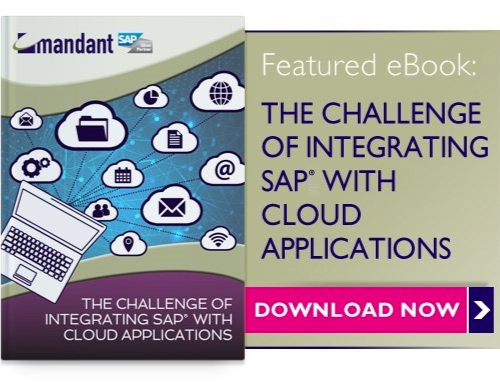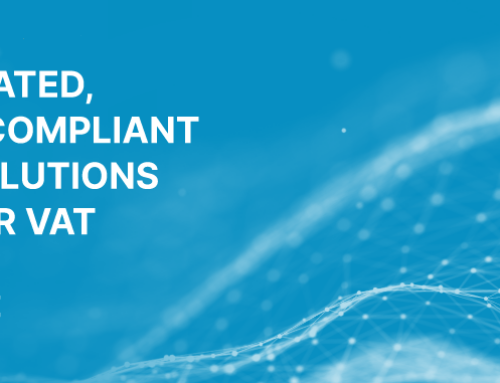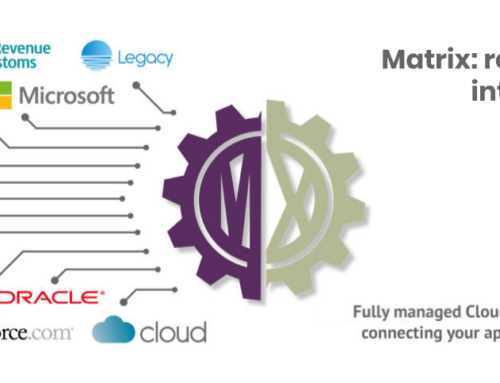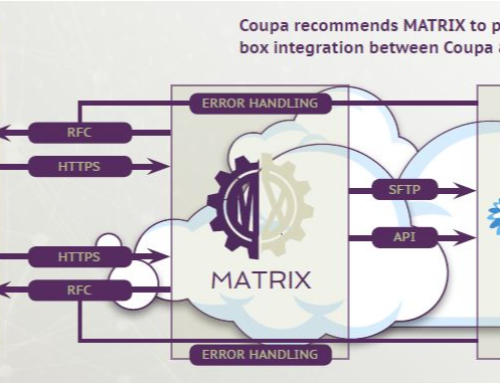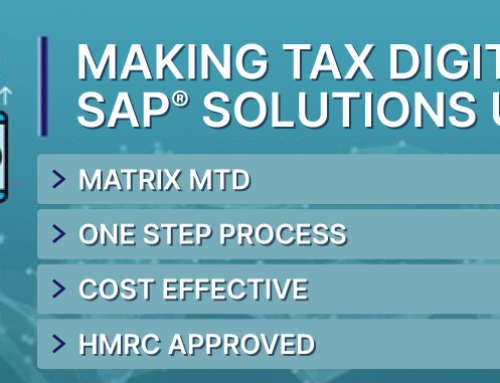Integrating Salesforce with SAP® solutions using an IPaaS – 5 Steps to Success
To maximise business benefit from your investment in Salesforce, integration to your core ERP should be planned and carried out at an early stage in the project. The avoidance of duplicate data and processes from an early stage will reap huge business benefits.
The fundamental value of a well-architected, scalable integration infrastructure is the ability to synchronise information and processes between several systems – reducing the need for redundant data updates & duplicate but disparate data – all at the right cost from an upfront investment basis and on-going maintenance and support.
The need for system integration has accelerated significantly in recent years, and with the growing availability and adoption of best of breed cloud based applications, integration requirements are only getting bigger. A cloud based Integration Platform, or Integration Platform as a Service enables seamless connectivity between your on-premise applications to cloud applications, allowing your business to integrate more quickly and effectively.
Here are 5 key steps to take when integrating Salesforce and SAP® software using an Integration Platform as a Service (IPaaS).
-
Write your business case for integrating SAP® software with Salesforce
A reliable, complete Salesforce SAP integration will drive business efficiencies through better collaboration between sales, finance, production, logistics and customer service. That in turn should improve forecasting, on time delivery and customer satisfaction.
To calculate the benefits, put a value on each of the following:
- Reduction in duplicate data – a single version of the truth
- Reduction in duplicate processes e.g. add a customer record once, view it from either system
- Immediate access to common data from both systems e.g. customer data synchronised
- The ability to access data and carry out processes remotely
- Pricing accuracy – when pricing is synchronised misquoting should be minimised
- Improved fulfilment – if stock levels are synchronised then sales can quote accurate delivery times
- Improved cash flow – with integrated processes, invoicing and therefore cash collection can take place immediately after a sale is made
- Forecasting accuracy – a complete view of sales, pipeline activity and current stock levels aids supply chain planning
- Shorter order processing times – which could lead to faster fulfilment and therefore competitive advantages in some marketplaces
(More about building a business case for SAP Salesforce integration.)
-
Examine alternative integration options
There are numerous middleware platforms available for on premise installation and use including SAP® solutions, TIBCO & IBM have offerings to name a few. Choosing a middleware for an integration platform will most likely depend on what internal resources and/or incumbent SI knowledge is available. The best solution for integration will, in these cases, not be governed by the functionality or the flexibility of the integration platform, but more on what is available to be maintained and supported.
A cloud based integration platform removes the trend to adopt a platform selected on the basis of internal resource or SI knowledge. The cloud integration platform provider already has the skills in place and offers a single connection to the cloud but with endless options for cloud applications adoption using that single connection.
-
Compare those alternatives with a cloud based integration platform (IPaaS)
MATRIX cloud integration platform provides “out of the box” SAP® solutions integration to Salesforce. MATRIX (Mandant Transmission Exchange) is a proven IPaaS that offers a single managed platform for both complex integration scenarios and cloud based SaaS applications. The benefits include:
- Shorter project times and therefore faster time to deliver benefit
- Maintained integrations meaning no more upgrade worries
- Security aspects taken care of
- 24 x 7 uptime and monitoring
- Reduced reliance on your internal IT team to design, develop and maintain integration
- Lower cost of ownership
-
Review the data and processes that can be supported “out of the box” by an integration platform
Some IPaaS solutions are very specific and are just a toolset. They provide integration between x and y only and rely on the clients to create their own integrations and thus require skilled resources to be available. This is not too far away from an on-premise offering although costs can be saved on hardware and software maintenance.
Others offer integration between a broad range of systems, but as toolsets still, you are required to supply the skilled resources to implement the scenarios.
Knowledge of both integration and SAP® applications is key to the selecting the right cloud based integration platform.
Out of the box Salesforce SAP® solutions integration should include:
- Data synchronisation (accounts, contacts, products, order history etc.)
- Bi-directional account creation and maintenance (where applicable)
- Process simplification e.g. quote to order in Salesforce without needing to use SAP
- Others where applicable
MATRIX doesn’t just provide comprehensive integration platform and supporting services between SAP® solutions and Salesforce. MATRIX offers out of the box integration to other systems and a service to create additional custom-built integrations where required.
-
Plan your integration project
If you are already connected to MATRIX the implementation should be more about preparing to configure an out of the box solution than planning bespoke development work. These are the steps we would recommend:
- Determine your own data and processing requirements
- Compare them to what is delivered as standard from the cloud integration solution
- Select an IPaaS supplier based on 1) closeness of fit out of the box and 2) their ability to deliver your SAP® solutions integration requirements
- Engage the supplier to configure their standard connections between your SAP and Salesforce templates
- Agree requirements, timescale and budget for any non standard requirements


